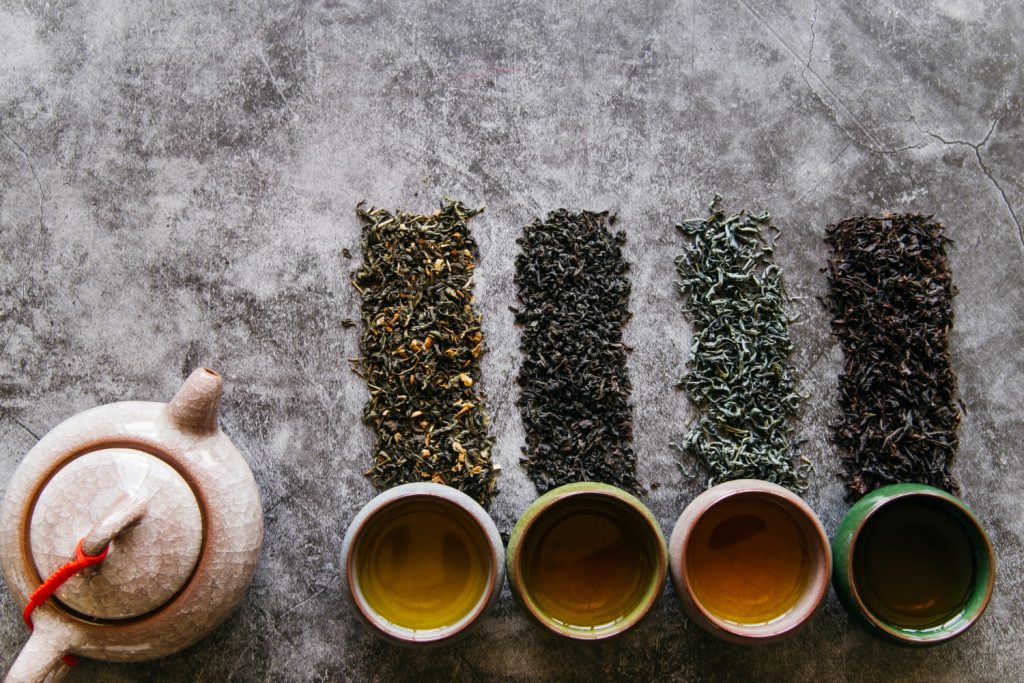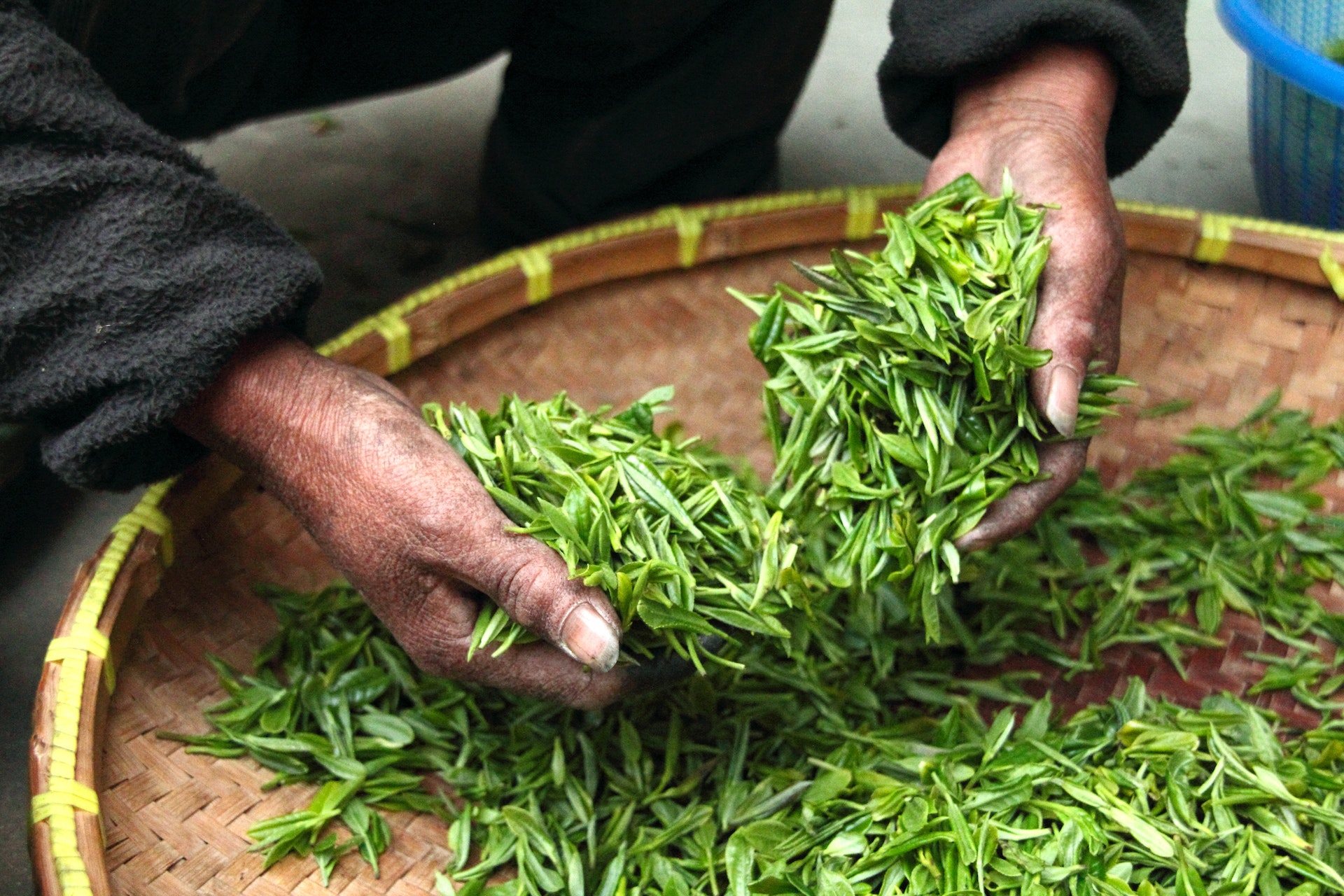The expansion of the Indian tea market considerably supports the premium tea industry in India. In the projected period of 2022–2027, the market for tea in India is anticipated to increase at a CAGR of 4.2%, reaching 1.4 million tonnes by 2026.
Tea is a flavorful, refreshing drink by steeping dried and crushed Camellia Sinensis plant leaves in hot water. White, black, herbal, green, and oolong tea are some of the popular varieties, and these teas are predominantly grown in the hilly regions of Assam, West Bengal, Tamil Nadu, Kerala, Tripura, Arunachal Pradesh, and other states. Tea is abundant in polyphenols, caffeine, antioxidants, and minerals like potassium, manganese, magnesium, and calcium, which result in considerable health benefits. Regular tea drinking can help to lower blood cholesterol levels, promote reasonable weight control, and lessen the harm done to the body by free radicals. Tea manufacturers typically package and deliver in bags, aluminium tin boxes, paper packing, and plastic containers.
North India to Lead the Market Growth of Indian Premium Tea
With more than three-fourths of the market, North India is the largest market in the country. West Bengal and Assam are the two provinces that produce the most tea in the nation. According to the country of origin, the Assam and Darjeeling varieties of beverages are the most well-known worldwide. South India accounts for nearly a quarter of the sector. Although the region performs substantially worse than North India, its production of superior-quality premium cultivars is what propels the nation’s business.
Market Trends
One of the main elements fostering a favourable view of the market is the significant increase in the food and beverage sector. India is one of the world’s top producers and users of tea, and tea has established itself as one of the most affordable and beneficial libations. Additionally, the inclination of consumers for premium and packaged tea brands is fueling market expansion. To store and deliver tea, manufacturers use multi-layered packaging. This reduces the risk of adulteration and spoiling while preserving the flavour and freshness of the tea leaves.
Accordingly, rising consumer awareness of the therapeutic and health benefits of organic and green tea varieties also contributes to expanding the market. Novel fruit, herbal, and other speciality types that promote relaxation, reduce anxiety, and lower the likelihood of acquiring chronic medical conditions are becoming more popular. The industry expects to grow due to additional factors, such as rising consumer spending power and the proliferation of online retail channels. The sudden COVID-19 pandemic outbreak has caused Indian consumers’ preferences to shift away from traditional brick-and-mortar distribution channels and toward online retail platforms for the purchase of tea.
Key Market Segmentation
Along with estimates for the nation and the region from 2022 to 2027, IMARC Group analyses the significant trends in each sub-segment of the Indian tea market. We have divided the market based on product type, packaging, distribution method, and application.
Product Type

Tea is widely accessible and comes in various varieties to suit consumer tastes and preferences. This, together with people’s growing desire to try out novel tea blends, is driving the market’s expansion. According to product type, tea can be classified under:
- Green
- Black
- Oolong
- Others
Segmentation According to Packaging
- Plastic Containers
- Loose Tea
- Paper Boards
- Aluminium Tin
- Tea Bags
- Others
To give their customers storage ease and thereby broaden the market, major manufacturers in the area are supplying tea in various packaging alternatives.
Segmentation by Distribution Channel
Due to the substantial tea consumption in the nation, teas are distributed through a variety of methods.
- Supermarkets and Hypermarkets
- Specialty Stores
- Convenience Stores
- Online Stores
- Others
Breakup by Application
Teas are prepared and sold in public places, including cafés, lounges, restaurants, and fast-food joints. Additionally, it is also utilised in domestic settings.
- Residential
- Commercial
Breakup by Region
Different regions in India produce different varieties of tea. For instance, the premium product variety is best recognised in South India.
- North India
- West and Central India
- South India
- East India
Growing Economic Development to Support Indian Premium Tea Market Growth
The beverage’s widespread use across all socioeconomic classes fuels India’s tea industry. Given that buyers favour luxury brands, India’s steady economic development and the rising middle-class population are also helping fuel the industry’s expansion. Another factor supporting India’s tea sector is the growing preference for packaged drinks in urban and rural regions because of their lower risk of adulteration, ease of storage, and higher level of consistency. The market for prepared versions of natural substances is expanding as well. During the projection period, the industry anticipates to be driven by the rising number of cafes and lounges that primarily serve beverage options. Rising originality in packaging and flavours will further fuel the market in the upcoming years. The rural sector is an additional market niche for expansion.
